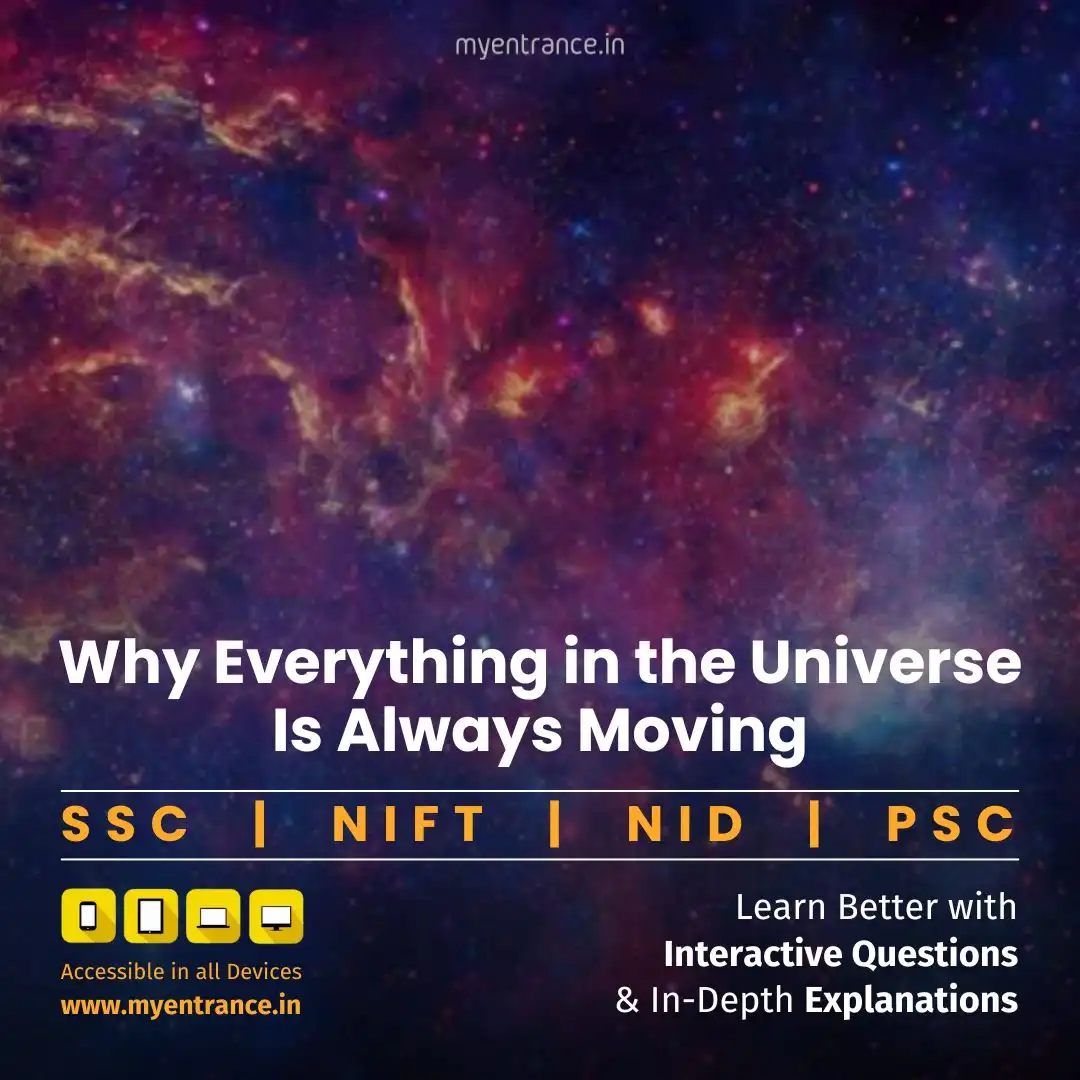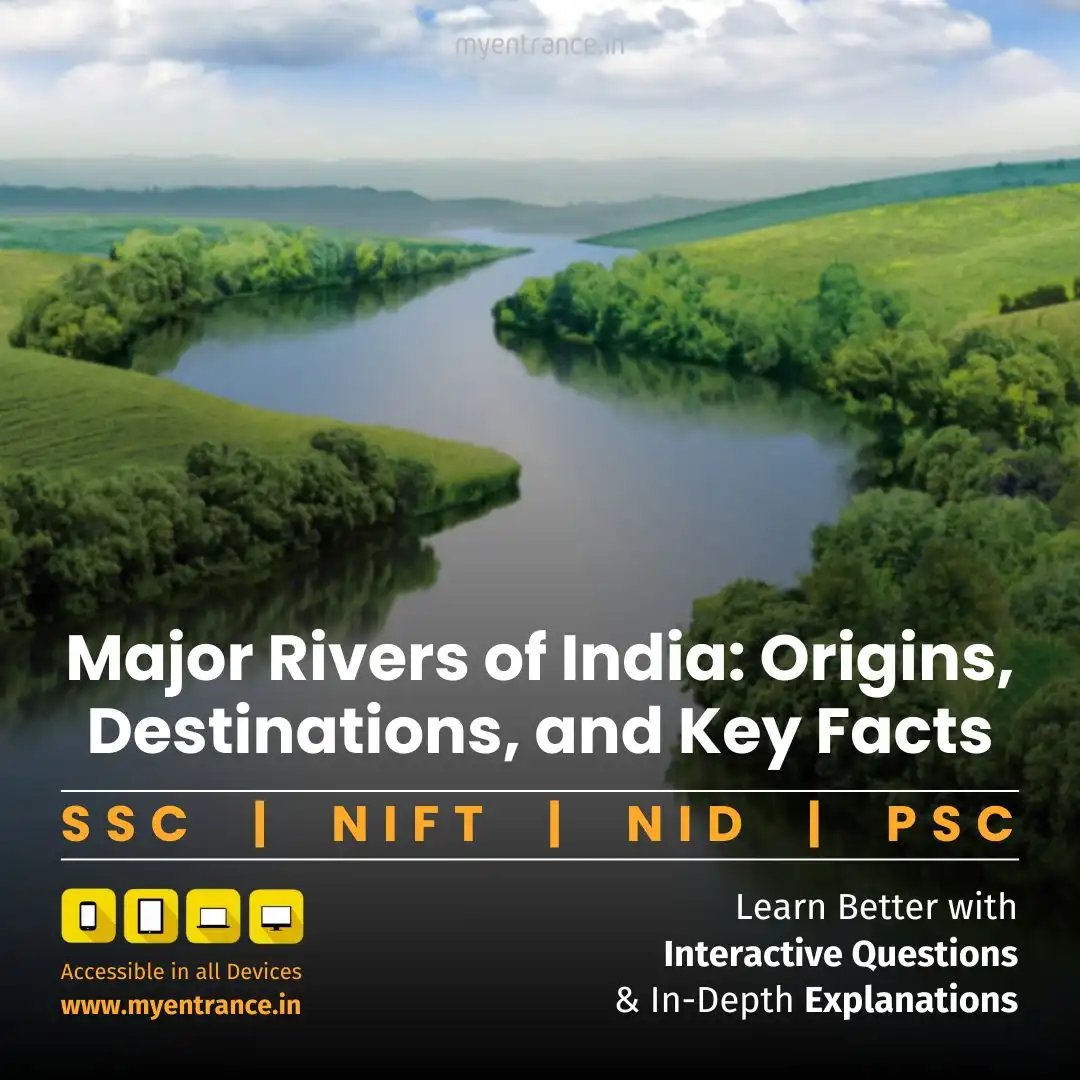Select Language
From Planets to Galaxies: The Forces That Keep the Universe in Motion
The universe is a place of perpetual motion, from spinning planets to expanding galaxies. This endless movement is rooted in the very fabric of space and time, starting from the Big Bang and continuing through the forces that govern celestial bodies today.
The Universe in Motion: Why Everything in Space is Constantly Moving
1. The Big Bang: The Starting Point of Cosmic Motion
The story of universal motion begins with the Big Bang, the explosive birth of our universe. Astrophysicists believe that this colossal event set everything into motion, creating an ever-expanding cosmos.
Expansion of Space: The universe isn’t just moving outward—space itself is stretching, increasing the distance between galaxies.
Imprinted Motion: The initial energy from the Big Bang ensured that movement became a fundamental trait of all celestial objects.
As Edward Gomez, an astrophysicist at Las Cumbres Observatory, explains, “The beginning was movement, and so motion has been built into the universe from the very start.”
2. Why Do Celestial Bodies Spin? The Role of Angular Momentum
From electrons to galaxies, rotation is everywhere. But why does everything spin? The answer lies in angular momentum—a property that keeps objects in motion unless acted upon by an external force.
Formation of Solar Systems: A spinning cloud of gas and dust collapsed under gravity, forming a flattened disc that eventually became our solar system.
Orbits and Rotation: Planets continue to revolve around the sun due to conserved angular momentum, much like a spinning ice skater pulling their arms in to spin faster.
Carol Christian, a Hubble Space Telescope scientist, notes that “without angular momentum, planets might have crashed into the sun or drifted away into space.”
3. The Mystery of Galaxy Rotation and Dark Matter
Galaxies rotate in ways that defy expectations based on visible matter alone. Scientists discovered that dark matter—an invisible, mysterious substance—plays a crucial role.
Galaxies Spin Like Solid Objects: Unlike planets, where inner parts orbit faster, galaxies rotate uniformly, suggesting unseen mass.
Dark Matter’s Influence: This elusive substance provides the extra gravitational pull needed to explain galactic motion.
4. Motion: The Universe’s Driving Force
Movement isn’t just a feature of the cosmos—it’s essential for its existence.
Energy in Motion: From nuclear reactions in stars to the orbits of planets, motion fuels cosmic activity.
A Dynamic Universe: Without motion, there would be no star formation, no planetary systems, and no life as we know it.
As Gomez puts it, “Motion shows that the universe is alive—not in a conscious way, but in the sense that things are always happening.”
5. The Never-Ending Cosmic Dance
The universe is a vast, dynamic arena where gravity, dark matter, and angular momentum work together to keep everything in motion. Whether it’s the slow expansion of space or the rapid spin of a neutron star, movement defines the cosmos.
Sample Questions & Answers (For Exam Preparation)
1. What caused the initial motion of the universe?
Answer: The Big Bang initiated the expansion of the universe, setting all matter and energy into motion.
2. Why do planets orbit the sun instead of drifting away?
Answer: Angular momentum keeps planets in stable orbits, preventing them from escaping or falling into the sun.
3. How does dark matter affect galaxy rotation?
Answer: Dark matter provides additional gravitational pull, causing galaxies to rotate as if they were solid objects.
4. What would happen if the universe stopped expanding?
Answer: Gravity would eventually pull all matter back together, leading to a “Big Crunch.”
5. Why is motion essential for the universe?
Answer: Motion drives cosmic processes like star formation, planetary orbits, and galaxy evolution, making it fundamental for the universe’s existence.
Most Predicted Questions
Comprehensive study materials, Expert-guided tips & tricks, Mock tests and instant results.
Start your SSC, NIFT, NID, FDDI, PSC journey today with MyEntrance, your ultimate online coaching platform.







